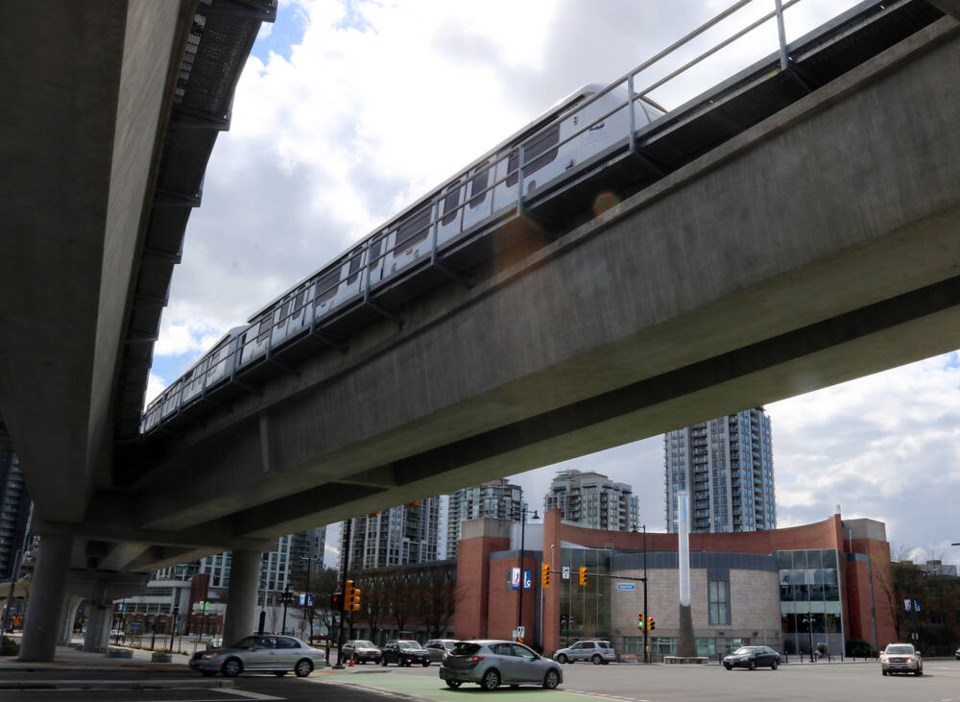
The region’s population is projected to increase by nearly 60 per cent through to 2050
Amid ongoing housing unaffordability in Vancouver and its neighbouring cities, more people have looked east to the Tri-Cities area, and that influx of new residents has made the region more attractive for businesses.
The region—which includes the cities of Coquitlam, Port Coquitlam and Port Moody, and the villages of Anmore and Belcarra—has experienced dramatic growth in its population, which has more than doubled over the past 20 years to around 250,000 residents, according to Tri-Cities 2024 Economic Profile released by the Tri-Cities Chamber of Commerce on Feb. 20.
And the population continues to grow. By 2025, close to another 40,000 residents are expected to call the Tri-Cities home — a 58-per-cent increase. More than half are expected to move to Coquitlam, with the rest mostly moving to Port Coquitlam and Port Moody.
“We are in a period of unprecedented growth and the tremendous development happening in the Tri-Cities,” said Leslie Courchesne, CEO of the Tri-Cities Chamber of Commerce, adding that the geographical location makes the region a desirable place to live and do business for many British Columbians.
“We are a jewel of the Lower Mainland. There’s waterfront in Port Moody, we also have beautiful lakes here and are bordered by the Fraser and Pitt rivers, and we’ve got fantastic rapid transit serving the region,” she said.
The region’s proximity to Highway 1 and connection to downtown Vancouver without having to cross a bridge helps to ensure transportation efficiency for businesses, said Courchesne.
“We’ve got rail, marine, the Pacific Coast terminals, the two rivers … so there’s a lot serving the region that helps businesses thrive. It’s just a matter of having the infrastructure keep pace with the growth so that we can ensure the quality of life remains high here,” she said.
Businesses have followed people to the area, which has traditionally focused on manufacturing and construction, but has since seen rapid growth in its service sector. This trend is expected to continue, according to the report.
Meanwhile, population growth has also brought talent and workers to the region, making it more appealing for companies to do business in the area, according to Eric Kalnins, manager of economic development for the City of Coquitlam.
“The other opportunity is that we’re a very diverse community,” he said.
About half of the population speaks English as their first language and the rest have other mother tongues, with Chinese being the second most-popular one, followed by Korean, Persian and Spanish, according to the Tri-Cities report.
“I think that’s fantastic. That diversity of population offers different talents, different languages, different perspectives of looking at the way we do business,” said Kalnins.
Like other areas in the Lower Mainland, the Tri-Cities is facing limited supply of commercial and industrial space, and is seeing new development and densification to keep up with its growing population and demand.
The industrial vacancy rate in the Tri-Cities was only 0.8 per cent in the fourth quarter of 2023, the lowest in Metro Vancouver, according to CBRE’s Metro Vancouver Industrial Market Report.
“For businesses looking to expand or to move here, it’s a challenge. And it’s not just Coquitlam or the Tri-Cities, that’s across Metro Vancouver.… There’s no more land. It’s mostly built out particularly from Vancouver out to Coquitlam to further out east,” said Kalnins.
He said cities and the province needs to find creative ways to increase industrial and commercial space for businesses — ideas such as densifying the industrial land from single-floor warehouses to two-floors that can accommodate offices along with warehousing or manufacturing space.
“We’re at an interesting crossroads. With all of the projected growth going on in the Tri-Cities, we really need to get the development and the infrastructure right,” said Courchesne.



